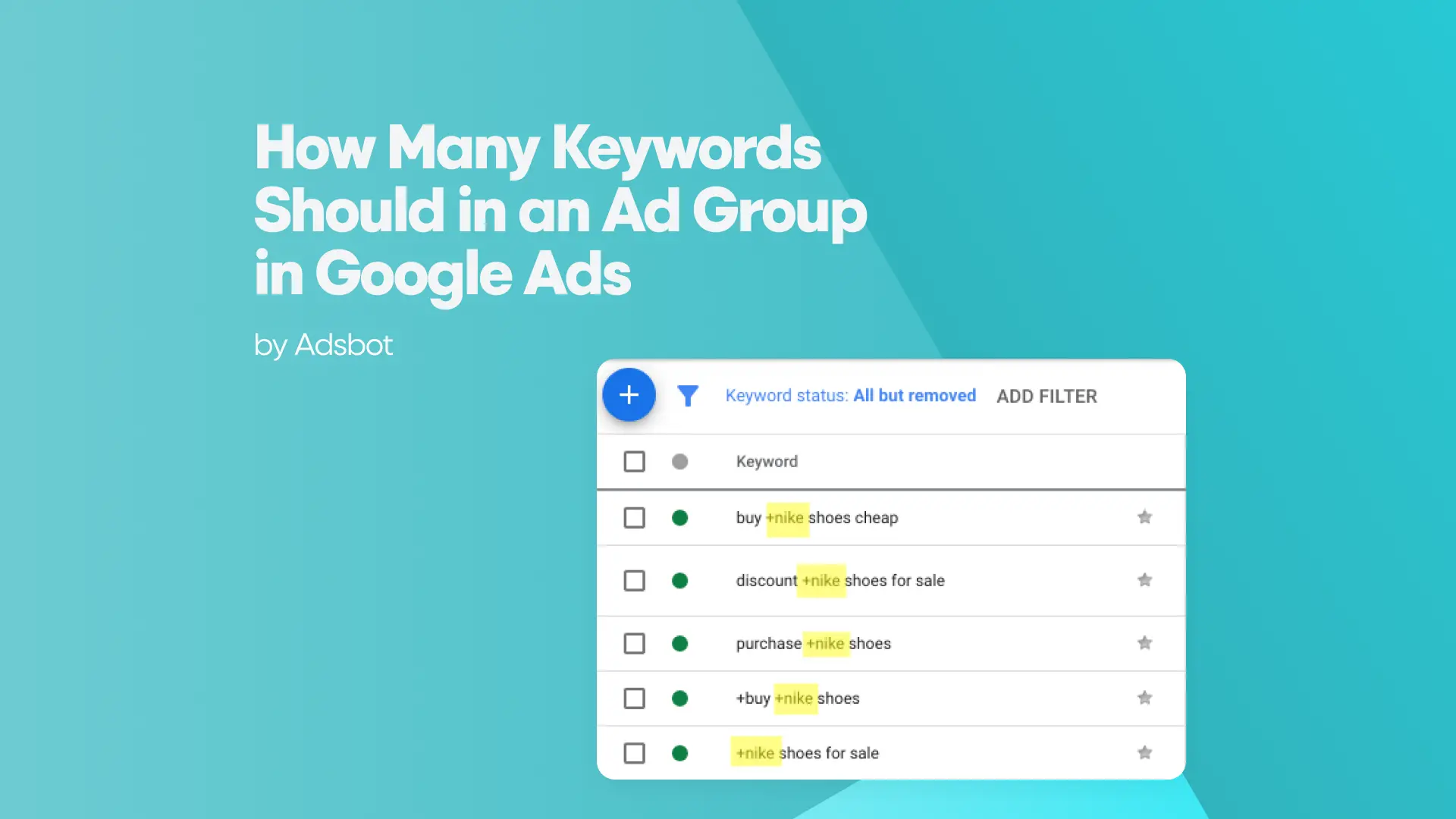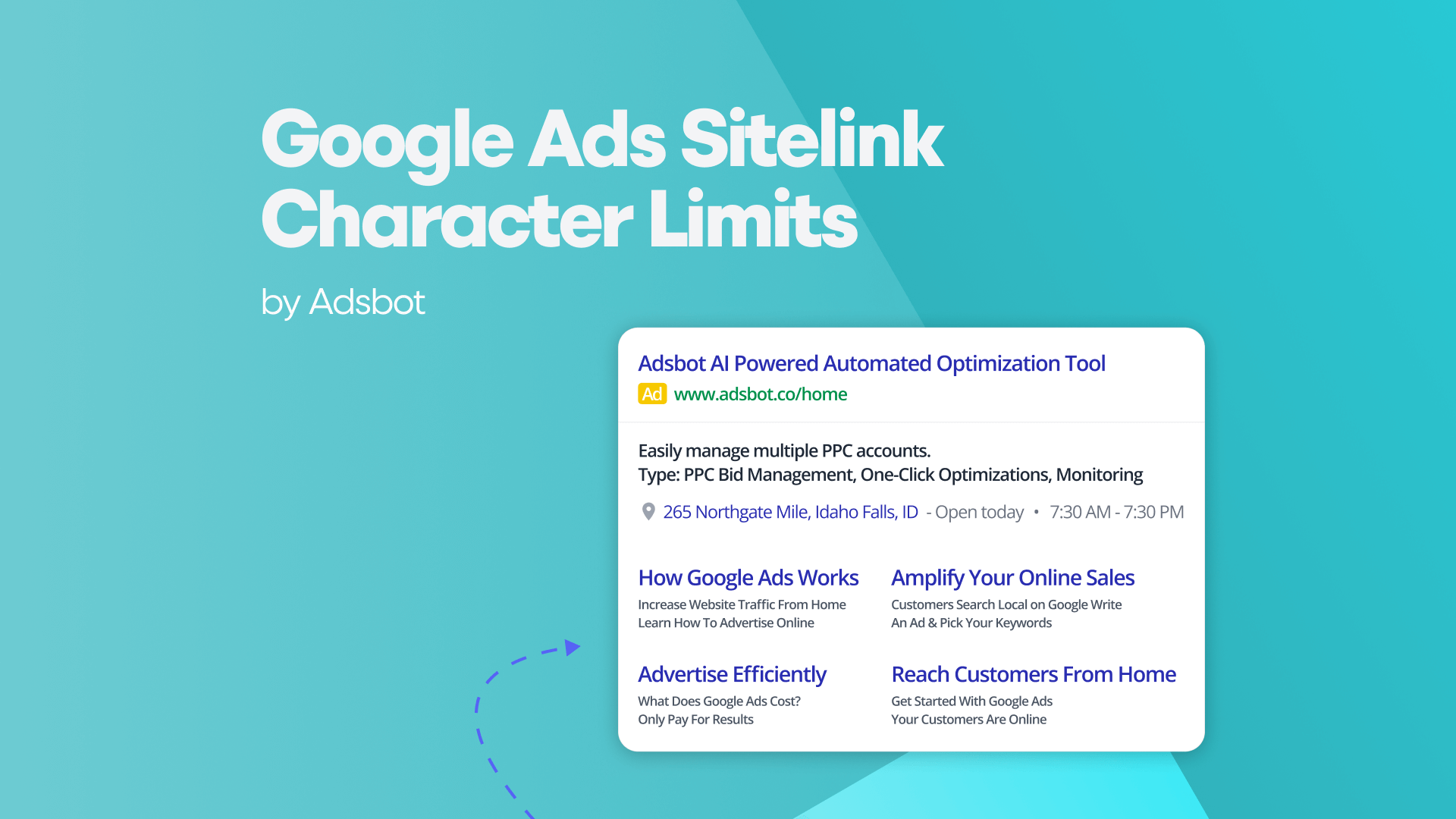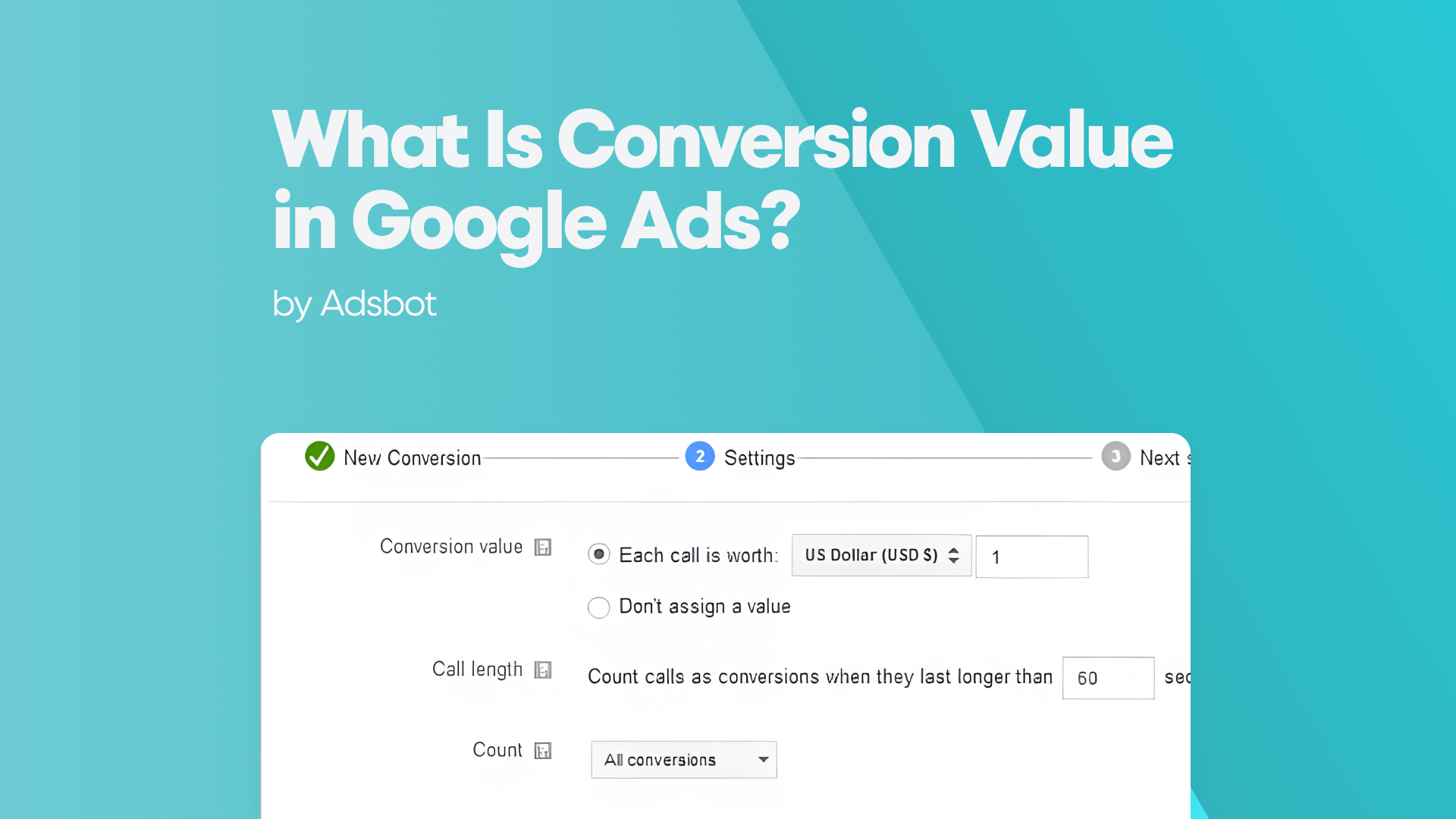Performance Max (PMax) campaigns in Google Ads offer a highly efficient way to drive conversions across all Google channels with a single campaign. PMax campaigns use machine learning to automate the ad delivery and bidding process, targeting the most relevant audience across Google’s entire inventory, including YouTube, Search, Display, Discover, Gmail, and Maps. This type of campaign is especially beneficial for businesses looking to streamline their advertising efforts while maximizing performance. In this guide, we’ll walk you through the process of starting a PMax campaign, from understanding what it is to tips for optimizing and auditing your campaigns.
What Is a PMax Campaign?
A Performance Max (PMax) campaign is a goal-based campaign type in Google Ads that enables advertisers to access all of Google’s advertising inventory from a single campaign. Unlike traditional campaigns, which focus on specific networks (such as Search or Display), PMax campaigns leverage Google’s machine learning to automatically deliver ads across various platforms, including YouTube, Google Search, Display, Gmail, and Google Maps.
PMax campaigns are designed to help advertisers achieve specific conversion goals, such as sales, leads, or website visits, by maximizing the reach of ads across Google’s platforms. The key benefit of PMax campaigns is their ability to drive better results with minimal manual intervention. By using automation and machine learning, Google optimizes ad delivery based on the likelihood of achieving the desired outcome, such as a conversion or a specific return on ad spend (ROAS).
Unlike traditional campaigns where you can manually select where and how ads are shown, PMax campaigns automatically allocate your budget across different Google channels, providing a more integrated and comprehensive advertising approach.
How to Create a PMax Campaign
Creating a Performance Max (PMax) campaign in Google Ads is straightforward, but it requires careful consideration of campaign goals, creative assets, and data feeds. Here’s a step-by-step guide on how to create a PMax campaign:
1. Set Up Google Ads Account
Before you can create a PMax campaign, ensure your Google Ads account is properly set up. This includes linking your Google Ads account to other tools such as Google Analytics and Google Merchant Center (if you’re running eCommerce campaigns).
2. Choose the Right Campaign Goal
When creating a PMax campaign, Google Ads will prompt you to choose a specific goal for the campaign. Common goals include:
- Sales: Ideal for driving eCommerce sales or online purchases.
- Leads: Perfect for generating sign-ups, form submissions, or other types of leads.
- Website Traffic: If your primary goal is to drive visitors to your website.
- Local Store Visits: For businesses with physical locations, driving foot traffic to stores.
Make sure to select the goal that aligns with your business objectives.
3. Define Your Campaign Settings
After selecting your goal, you’ll need to configure some basic settings for your PMax campaign:
- Campaign name: Choose a descriptive name for your campaign.
- Budget: Set a daily or total campaign budget.
- Bidding strategy: Choose a bidding strategy that supports your goals. Google offers automated bidding strategies, such as Maximize Conversions or Target ROAS (Return on Ad Spend), depending on your campaign objective.
4. Upload Creative Assets
Performance Max campaigns require creative assets, such as:
- Text headlines and descriptions for ads
- Images and videos (for display and YouTube)
- Logos and other brand assets
Make sure your creative materials are high-quality and relevant to your target audience. Google Ads will use these assets to automatically generate ads across various platforms.
5. Add Audience Signals
While Google’s machine learning automatically targets relevant users, you can provide additional targeting signals. These signals include data such as:
- Demographics (age, gender, household income)
- Interests (based on browsing behavior)
- Custom segments (for more specific targeting)
Adding audience signals can help the algorithm optimize faster by pointing it toward the types of users most likely to convert.
6. Set Up Conversion Tracking
Make sure you have conversion tracking set up in Google Ads. Performance Max campaigns are goal-driven, so it’s crucial that Google can track when users take specific actions, such as completing a purchase or filling out a form.
7. Launch and Monitor the Campaign
Once you’ve set up everything, click Launch. Google Ads will automatically begin optimizing your ads across all available channels. It’s essential to monitor the campaign regularly, especially in the initial phase, to ensure it’s performing as expected.
How to Improve PMax Campaigns
After launching your Performance Max campaign, it’s important to continuously monitor and refine it to ensure it’s delivering the best possible results. Here are some tips to improve PMax campaigns:
1. Refine Audience Signals
While Google Ads uses machine learning to automate targeting, you can still refine your audience signals based on campaign performance. If you notice certain segments are underperforming, adjust your targeting criteria and try to focus on more profitable segments.
2. Optimize Asset Groups
Make sure you’re using a variety of creative assets, including different headline variations, images, and videos. Google Ads uses these to generate ads across multiple networks, so having a diverse set of assets will ensure your ads look good everywhere.
3. Increase Your Budget Gradually
PMax campaigns rely on machine learning to optimize your budget across Google’s networks. If you notice that your campaign is performing well, consider gradually increasing your budget to capture more opportunities without overwhelming the system.
4. Use Smart Bidding
Take advantage of smart bidding strategies, such as Target CPA (cost per acquisition) or Target ROAS. These strategies allow Google’s machine learning to adjust your bids in real-time, ensuring your budget is spent efficiently and aligned with your conversion goals.
5. Test and Adjust Assets Regularly
Periodically test new headlines, images, and videos to identify which creative combinations work best. Use the asset performance data provided by Google Ads to identify which pieces of content are driving the most conversions, and make adjustments as needed.
How to Optimize PMax Campaigns
To optimize your PMax campaigns, it’s important to regularly review the performance data and make adjustments. Here’s how you can optimize your PMax campaigns for better results:
1. Leverage Reporting Insights
Google Ads provides valuable performance reports, including insights into asset performance, audience segments, and conversion tracking. Review these reports regularly to identify areas where you can make improvements.
2. Adjust Campaign Goals if Necessary
If your campaign’s performance isn’t meeting expectations, consider adjusting your campaign goal. For example, if you initially set the goal to maximize conversions but aren’t seeing enough sales, you may want to shift to Target ROAS to prioritize higher-value conversions.
3. Refine Geographic and Demographic Targeting
If you find that certain locations, ages, or demographics are underperforming, consider refining your targeting to focus more on high-performing regions or user groups.
4. Ensure Quality Landing Pages
Make sure your landing pages are optimized for conversions. Slow loading times or poor user experience can lead to high bounce rates, which can negatively impact your PMax campaign performance.
How to Audit PMax Campaigns
Auditing your PMax campaigns is crucial for ensuring they remain aligned with your business goals and are producing the desired results. Here’s how to perform an audit:
1. Check Conversion Tracking
Ensure that your conversion tracking is accurate and aligned with your goals. If Google Ads isn’t tracking the right actions, your campaign performance data won’t reflect actual business outcomes.
2. Review Performance Metrics
Focus on key performance metrics like CTR (click-through rate), conversion rate, CPA, and ROAS. Look for trends over time to determine if your campaign is improving, plateauing, or declining.
3. Analyze Audience and Asset Performance
Look at the performance of your audience signals and creative assets. If certain audience segments or assets aren’t performing well, consider tweaking them to boost results.
4. Adjust Bidding Strategies
If your campaign isn’t delivering the desired performance, consider adjusting your bidding strategy. Smart Bidding options like Target CPA or Target ROAS can be more effective if you want to achieve specific cost-per-conversion goals.
Performance Max (PMax) campaigns are a powerful tool for driving conversions and improving the reach of your Google Ads campaigns. By automating targeting and ad delivery, PMax campaigns make it easier for businesses to achieve their goals across Google’s various networks. To get the best results, it’s important to understand how to set up, optimize, and audit your campaigns. With the right strategy, Performance Max can help you drive better ROI, enhance your ad reach, and simplify campaign management.
Popular Posts
-
How Many Keywords Should Be In an Ad Group in Google Ads?
Ever wondered if your Google Ads campaigns are packed with…
Read more -
Google Ads Script for Dummies: An Introduction
Imagine you have an e-commerce website that sells licensed superhero…
Read more -
Google Ads Sitelink Character Limits
Your Google Ads are cutting off in the middle of…
Read more -
What Is Conversion Value in Google Ads?
What if you could put a price tag on every…
Read more
Register for our Free 14-day Trial now!
No credit card required, cancel anytime.





